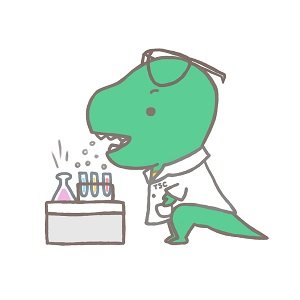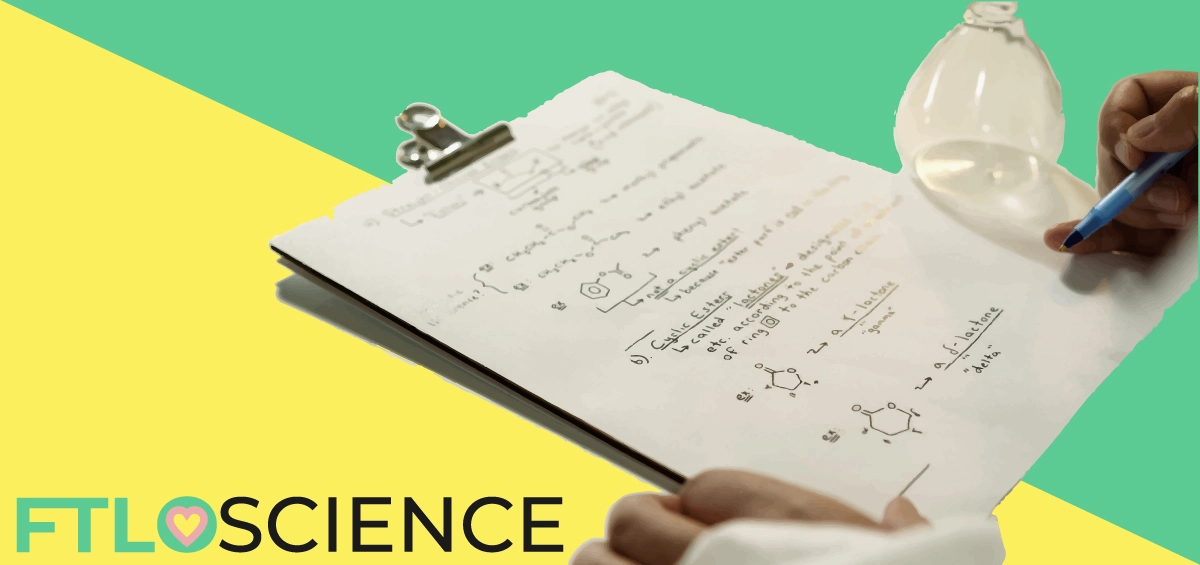qPCR–an acronym for Real-Time Polymerase Chain Reaction–is currently the gold standard for the detection and quantification of RNA in a small number of tissues. However, the technique itself depends on a range of factors; let’s take a look at some tips and tricks to increase your chances of success.
This original piece was written in collaboration with The Addictive Brain, a science communication initiative. We are delighted to feature Chinmaya’s personal tips and tricks based on first-hand experience running countless PCR and qPCR reactions!
Basics of PCR and qPCR
The Polymerase Chain Reaction (PCR) technique is a mainstay of molecular biology and is used in countless laboratories all around the world; qPCR is merely an extension of the original technique. But what exactly is PCR?
Say you have on your hands a tiny amount of genetic material (maybe from a crime scene). This contains the information we need, but it might be too little to work with; you may need to replicate this a few times so that identification and quantitation can be done. Thankfully, there’s an enzyme—known as a polymerase—built just for this purpose! DNA polymerase can synthesize complementary sequences of base pairs, effectively duplicating the target strand of DNA.
You can ‘tell’ the polymerase enzyme which strand of DNA you want it to duplicate by giving it a starting point: a small fragment of DNA known as a primer. This is useful as the sample is likely to contain many different DNA strands, so targeting the one of interest is important!
The primer latches onto your target DNA strand and acts as a starting point for base pairs to form. This continues until the entire length of the target DNA strand is duplicated. The beauty of PCR is that the cycle can be repeated, causing an exponential increase in the number of DNA strands with each replication.

The polymerase chain reaction is extremely useful, but the information we can get from it is ‘qualitative’. That means we can use it to reproduce DNA strands, but we don’t know how many of them exist. qPCR is a modification of PCR where we can make the technique ‘quantitative’. Instead of just putting your DNA on one end and getting copies out the other side, qPCR is able to monitor the entire process in real-time. The reaction is mapped out with a fluorescent detector, such that the intensity of fluorescence increases with the number of genes copied. By quantifying the rate of DNA replication, the efficiency of reactions can now be compared and improved!
Author’s Personal Tips and Tricks
qPCR measures fluorescence after each cycle of replication, with the intensity of the signal showing the amount of DNA amplicon present at a particular point. During preliminary cycles, the signal is hard to distinguish from the background. The quantification cycle (Cq) is defined as the point at which the fluorescence intensity increases above the detectable limit, which corresponds proportionally to the initial level of template DNA in the sample.
I did qPCR in my master’s and Ph.D. project. However, there were instances when I had to face failure. While applications like immunostaining and western blots require careful consideration in identifying proper antibodies, qPCR requires proper reference genes in order to properly and correctly quantify your results.
Reference Genes
Reference genes are involved in the basic maintenance of cellular function and structure. The main characteristic of a reference gene is that the mRNA should express at a constant level in all conditions, regardless of the cell cycle, stage, or age. They vary across different disease and experimental models. The most important criterion for considering a reference gene is its stability, which shouldn’t be influenced by experimental conditions.
Appropriate reference genes are necessary to accurately determine the expression of genes of interest (GOIs). It has been recommended to use multiple reference genes to normalize the GOIs, account for differences in the amount of cDNA, improve the efficiency of amplification, and compare GOIs among different samples.
To determine accurate reference genes, it is necessary to validate them prior to using them. There are 3 different algorithms available to validate reference genes: geNorm, NormFinder, and BestKeeper which are used to determine gene expression stability.
The geNorm method determines both the relative stability of genes and the minimum number of reference genes that are necessary for normalization. It determines the average expression stability (M) value. It also calculates a pairwise variation value which determines the minimum number of reference genes required for normalization. The cut-off value for normalization is 0.15, above which no additional reference genes are required. A lower M value indicates a more stable combination.
Similar to geNorm, NormFinder calculates expression stability values for potential reference genes and also suggests the best candidate gene pairs. It evaluates candidate gene expression stability values along with their inter- and intra-group variation by direct comparison of genes.
BestKeeper selects the reference genes based on pairwise correlation analysis and also generates a normalization factor known as BestKeeper Index. The algorithm is based on an excel sheet (available online) and it accepts raw value data. Once the data is entered, it assesses the stability of each gene by comparing the standard deviation of Cq values with the genes and averages these values. It also gives descriptive statistics for individual genes such as the Pearson correlation coefficient (r) values.
However, it is not possible to always do a complete study with different reference genes as it would not be cost-effective. Therefore, I recommend choosing a small panel of reference genes (at least 6) and using the above algorithms to determine the best reference genes for your experiment.
Other than reference genes, there are other things to consider for getting good and accurate results. The most important thing is to have triplicates of your samples. Other considerations are outlined below.
Technique-Specific Tips and Tricks
RNA extraction
1. While extracting RNA, be careful with the use of Trizol. Trizol inhibits microRNA (Trizol skews microRNA results). There are two kits that are trizol-free: Zymoresearch RNA extraction kit and Qiagen miRNA isolation kit.
2. To avoid frothing of tissue while homogenizing, I would recommend using Reagent DX from Qiagen.
3. If the kit contains in-column DNase treatment, then you should use it – it saves time.
4. RNA elution could be done in either DEPC water or TE buffer, and can be stored at -80°C. If possible, RNA should be aliquoted and stored to avoid repeated freeze-thaw.
5. RNA should be measured (if thawed again) for determining if there is any degradation. Before measuring RNA, give it a brief spin and pipette it up and down at least thrice to determine the exact measurement of RNA.
cDNA synthesis
1. cDNA should be made immediately or within a day of RNA extraction to avoid freeze-thaw of RNA.
2. After reverse transcription of RNA, dilute and aliquot the cDNA.
3. Store all the aliquots at -20°C and take them out one at a time. You can store one aliquot at 4°C for a maximum of 1-2 months.
qPCR
You have to be extremely careful while preparing the plate and the qPCR machine.
1. Wipe off the bench and all the pipettes that are going to be used for qPCR. Wipe it first with 100% ethanol and then RNAse Zap. You can purchase RNAse ZAP from Sigma-Aldrich, which is cheaper (link below) compared to life technologies.
2. Make the master mix first by adding the qPCR master mix, the primer pair, and water. After you are done with the primer pair, place it back in the fridge or keep it far away.
3. Now take out the qPCR plate from its package and pipette the master mix to the qPCR plate.
4. Take the cDNA out of the fridge and add it to the qPCR plate and immediately cover the plate with an optical seal cover.
5. Give the qPCR plate a brief spin down (high speed for 2 min).
6. Place the qPCR plate in the machine and run the program.

Author’s note: I would like to thank The Skeptical Chemist for giving me a platform to share my knowledge with you all about qPCR. Please feel free to ask questions if you have any doubts.
About the Author

This article was written by a contributor. For a full list of guest writers, click here.




